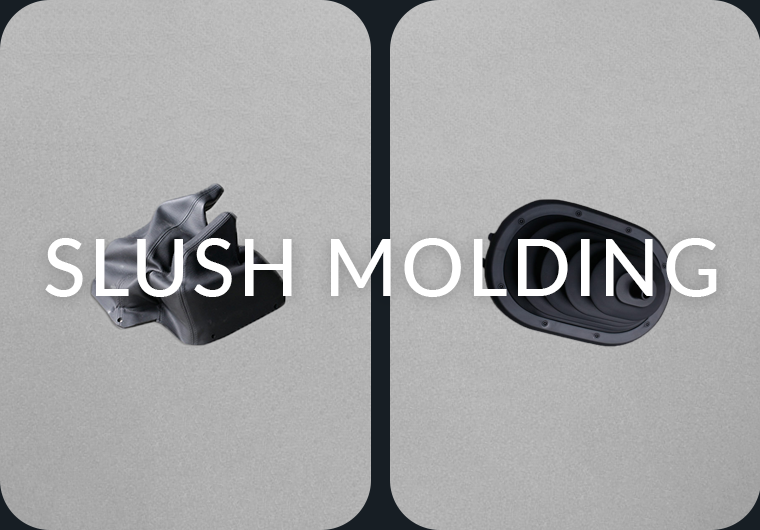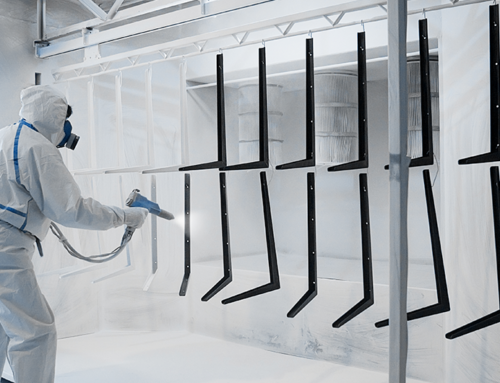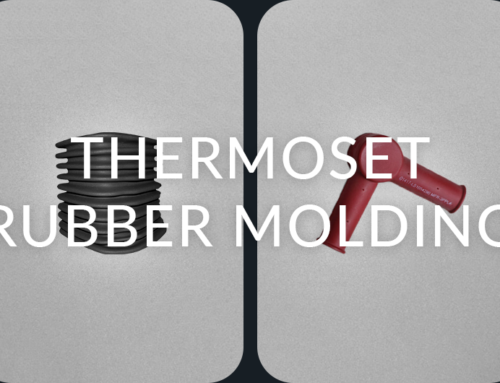We’re back with another detailed look at one of the methods we use at Midwest Rubber Company. We’ve previously covered dip molding and rotational molding, and this time, we’ll be discussing slush molding.
Slush molding is a technique that’s ideal for producing hollow objects. It’s used for many consumer goods – for instance, the pair of rubber rain boots you may have in your closet would be a recognizable example. Like all our processes, slush molding begins with a form. First, the empty form is heated, then coated with the selected material for the project, typically a vinyl plastisol compound. This creates a soft layer that will form the basis of the finished item. Next, the form is turned upside down so that any excess compound can be removed, and then it is heated a second time. After cooling, the completed product is finally removed from the form.
Whenever Midwest Rubber Company needs to create an object that’s going to be largely cavernous, slush molding is our method of choice. It can accommodate big or small product runs, offering our clients greater flexibility. There are also options for customization in slush molding – changing the appearance of the finished object can be accomplished simply by altering the form or the thickness of the applied plastisol layer.
The most important part of a successful slush mold is making sure the form is well-made. A form of inferior quality may have tiny holes on its surface, and these pores will then also be present on any part that is made using that form. At Midwest Rubber Company, we quality test all our components before beginning work to ensure that our clients receive only the best slush molded parts.
If you’d like to know more about slush molding capabilities or any of our other techniques at Midwest Rubber Company, you’re welcome to contact us, and we’ll help you find what you need.




